Spotted cory - Corydoras ambiacus
Scientific name: Corydoras ambiacus
Common name: Spotted cory
Family: Callichthyidae
Usual size in fish tanks: 4 - 5 cm (1.57 - 1.97 inch)
014
Recommended pH range: 6 - 7.6
Recommended water hardness: 4 - 22°N (71.43 - 392.86ppm)
0°C 32°F30°C 86°F
Recommended temperature range: 21 - 25 °C (69.8 - 77°F)
The way how these fish reproduce: Spawning
Where the species comes from: South America
Temperament to its own species: peaceful
Temperament toward other fish species: peaceful
Usual place in the tank: Bottom levels
Origin
The Spotted Cory, scientifically known as Corydoras ambiacus, originates from South America, specifically the Rio Ambyiacu in Peru. These catfish inhabit slow-moving, shallow waters with sandy or muddy substrates, often surrounded by dense vegetation. The natural environment provides them with plenty of hiding spots, which is essential for their comfort and well-being in the wild.
Short Description
Spotted Cory is a peaceful and social species, best kept in small groups of at least six individuals. These fish are known for their distinctive spotted pattern, which provides them with natural camouflage in their habitat. While they do not possess a labyrinth organ like bettas or gouramis, Spotted Corydoras can still breathe atmospheric air by gulping it at the surface—thanks to a specialized intestinal lining that absorbs oxygen. This adaptation helps them survive in low-oxygen environments. They are generally more active during the evening and nighttime hours, often seen foraging for food at the bottom of the tank. It’s crucial to provide them with plenty of hiding places, such as caves or dense plantings, as they tend to be shy and appreciate having safe spaces to retreat.
Food and Feeding
Spotted Corys are not picky eaters and will readily accept a variety of foods, making them easy to feed in a community tank. Their diet should include a balanced mix of high-quality flake foods, as well as live and frozen options like bloodworms, brine shrimp, and daphnia. They have a particular fondness for bloodworms and algae wafers, which provide essential nutrients. When feeding in a community tank, it's important to ensure that Spotted Corys get their share of the food, as they can sometimes be outcompeted by faster, more aggressive feeders. Supplementing their diet with sinking pellets designed for bottom dwellers can help ensure they receive adequate nutrition.
Sexing
Sexing Spotted Corys can be somewhat challenging, but it becomes easier when viewed from above. Females typically have a plumper, more rounded body shape compared to the slimmer males, especially when they are full of eggs. Additionally, females may grow slightly larger than males, although this difference is not always pronounced. During breeding attempts, these physical differences can become more noticeable, making it easier to identify potential pairs.
Breeding
Most Corydoras species are known to breed readily in home aquariums, but Spotted Corys have proven to be more elusive in this regard. Successful breeding of Corydoras ambiacus in captivity is rare, with limited reports of viable offspring. These fish are egg layers, typically scattering their eggs among plants or other submerged surfaces. To encourage breeding, it may be beneficial to simulate their natural habitat by providing soft, slightly acidic water and maintaining a consistent temperature. Spawning may be triggered by performing water changes with slightly cooler water to mimic the onset of the rainy season in their native environment.
Lifespan
The expected lifespan for the Spotted Cory is typically between 3 to 5 years, though with exceptional care, they can sometimes live longer. Providing a stable environment with high water quality, a balanced diet, and regular monitoring for signs of disease will help ensure they live out their full lifespan.
Pictures
Bought by aqua-fish.net from jjphoto.dk.
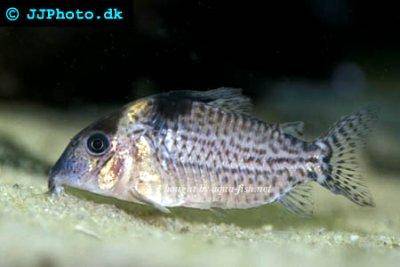








 Aspidoras
Aspidoras 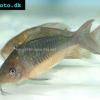 Giant
Giant 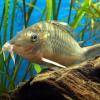 Hognosed
Hognosed  Emerald
Emerald  Cascarudo
Cascarudo 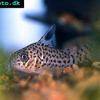 Acre
Acre  Adolfo’s
Adolfo’s 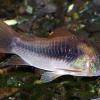 Bronze
Bronze  Agassizii’s
Agassizii’s 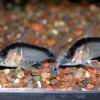 Skunk
Skunk  Corydoras
Corydoras 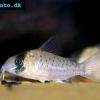 Fairy
Fairy  Corydoras
Corydoras 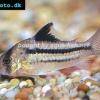 Pink
Pink 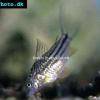 San
San 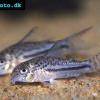 Bond’s
Bond’s 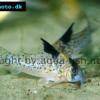 Spotted
Spotted  Tailspot
Tailspot 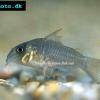 Concolor
Concolor 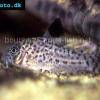 Cope’s
Cope’s  Sand’s
Sand’s 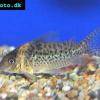 False
False 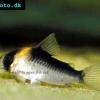 False
False  Ehrhardt’s
Ehrhardt’s  Elegant
Elegant 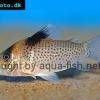 Saddle
Saddle 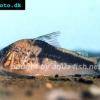 Fowler’s
Fowler’s  Gomezi
Gomezi 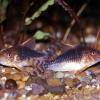 Palespotted
Palespotted 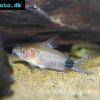 Guapore
Guapore 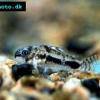 Dainty
Dainty 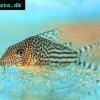 Mosaic
Mosaic  Imitator
Imitator 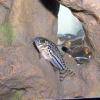 Julii
Julii 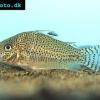 Leopard
Leopard 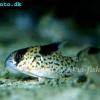 Black
Black 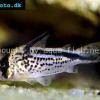 Slant-bar
Slant-bar 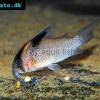 Bluespotted
Bluespotted  False
False 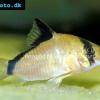 Bandit
Bandit  Mini
Mini  Napo
Napo  Corydoras
Corydoras 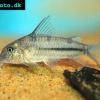 Blue
Blue  Nijssen’s
Nijssen’s 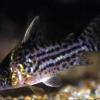 Ornate
Ornate  Peppered
Peppered 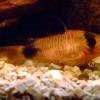 Panda
Panda 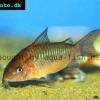 Albertini
Albertini  Pastaza
Pastaza 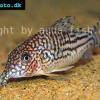 Corydoras
Corydoras 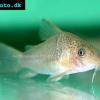 Many-spotted
Many-spotted 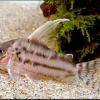 Pretty
Pretty 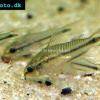 Dwarf
Dwarf  Iridescent
Iridescent 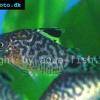 Reticulated
Reticulated 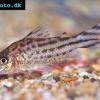 Bannertail
Bannertail 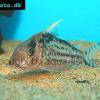 Robust
Robust 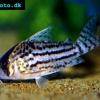 Schwartz’s
Schwartz’s 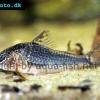 Black
Black 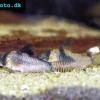 Longnosed
Longnosed 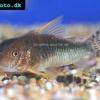 Seuss’
Seuss’ 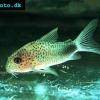 Smudge
Smudge  Masquerade
Masquerade 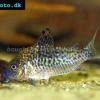 False
False 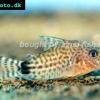 Millenium
Millenium 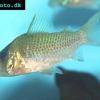 Pinkthroat
Pinkthroat 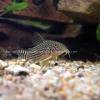 Sterba’s
Sterba’s 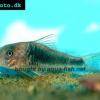 Longsnout
Longsnout 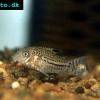 False
False 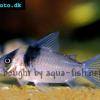 Miguelito
Miguelito 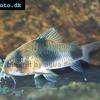 Twosaddle
Twosaddle 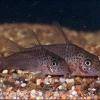 Xingu
Xingu 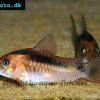 Black
Black 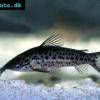 Porthole
Porthole 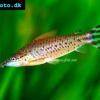 Flagtail
Flagtail 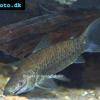 Brown
Brown 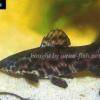 Spotted
Spotted